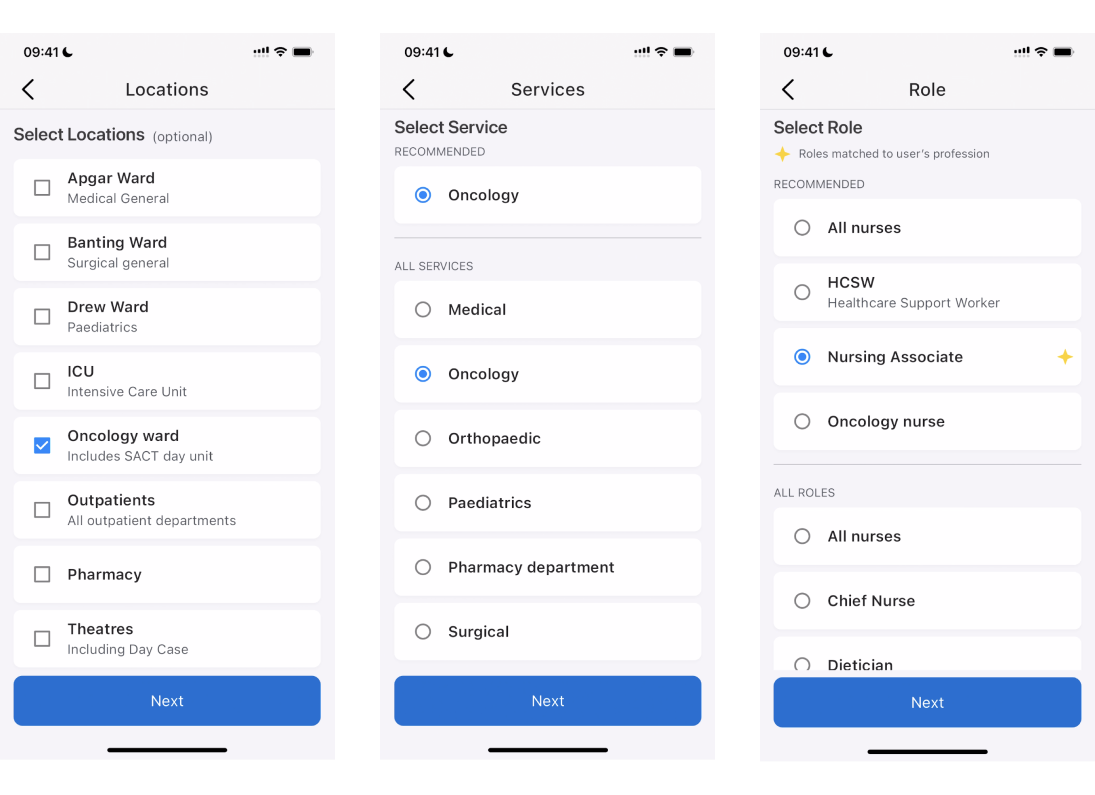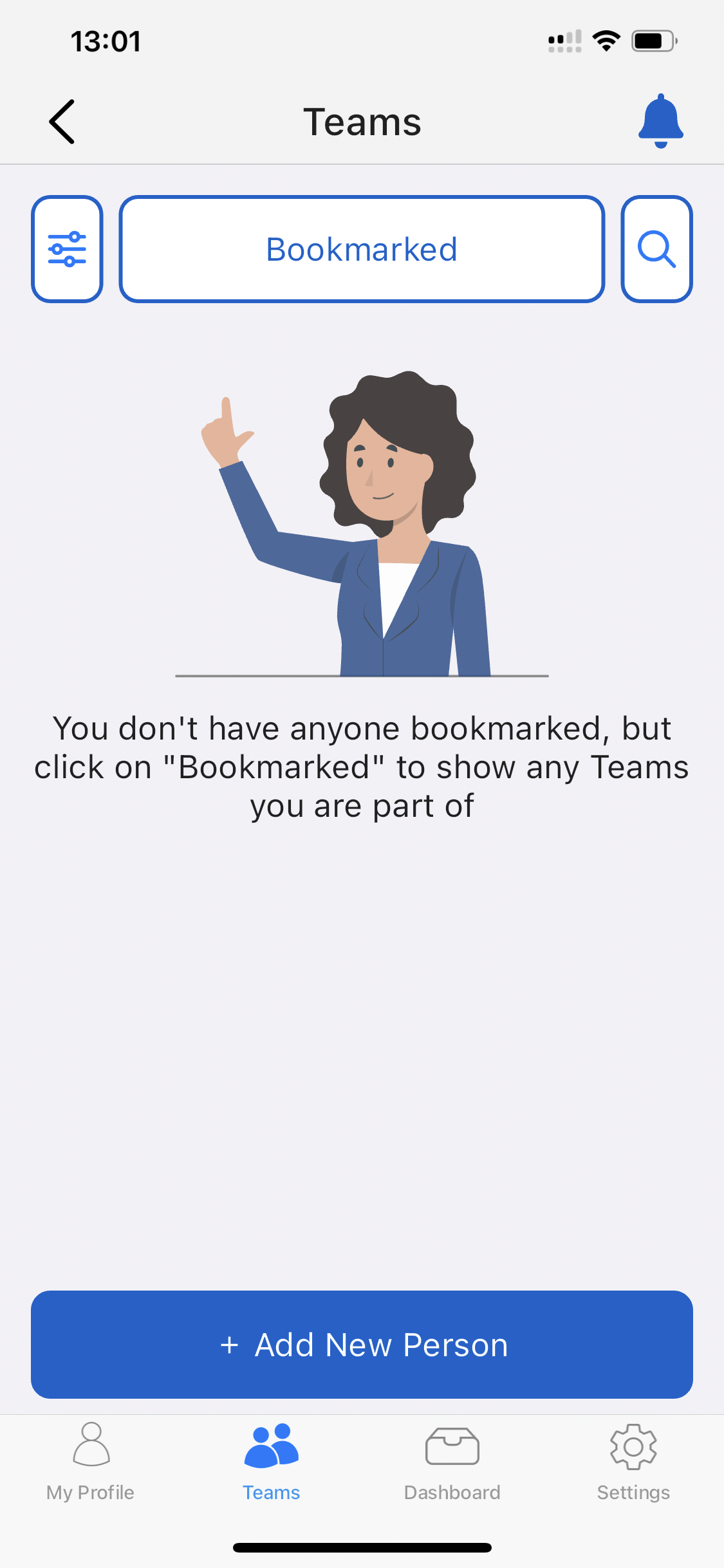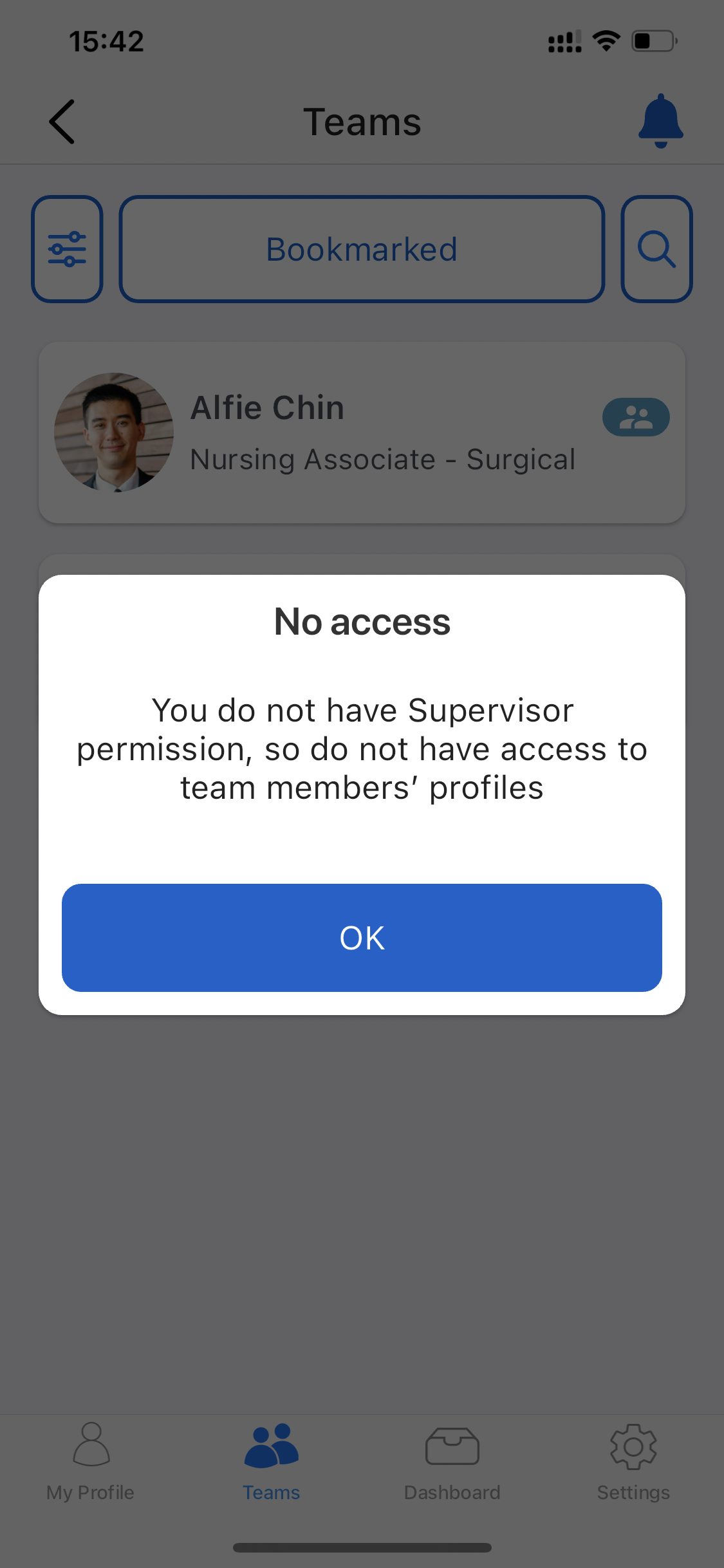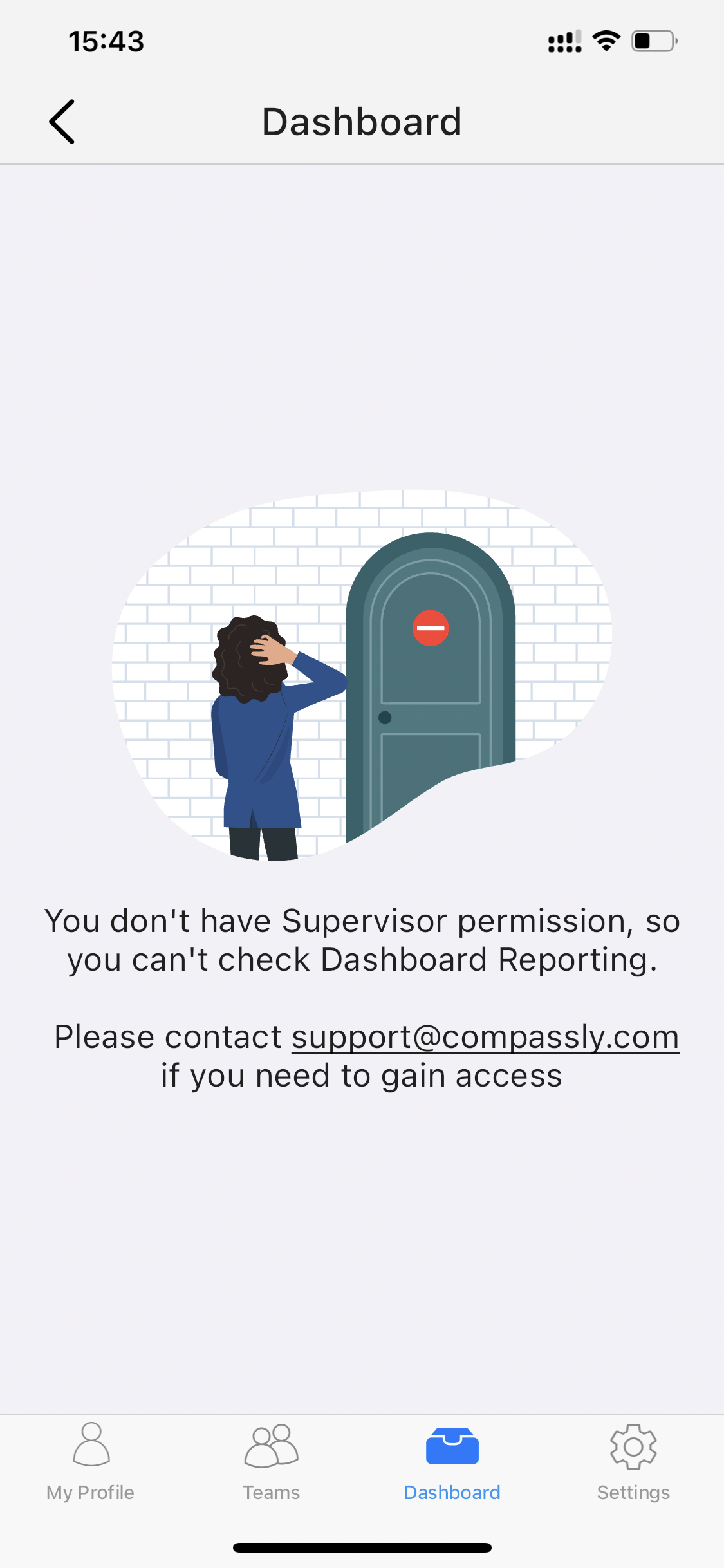Working with Teams
Video guide
Introduction
Teams are an important concept in Compassly - it’s how you see the groups of colleagues you work with so that you can progress competencies of those you supervise, or find a colleague to help you with your own competencies.
You can think of them as filtered lists of colleagues, with the filters being shared between everyone in a Team for a consistent view.
In Compassly, administrators can setup as many Teams as needed. Teams can be setup to help manage different sets of colleagues.
💡 If the Locations, Services or Roles in your organisation don’t cover all the different Teams you need to setup, please contact your usual Compassly support to update them.
How users are added to a Team
Users are automatically added to all Teams that match the combination of Locations, Services and Roles that are included in their Job Description(s) - either when first setup with a Job Description, or if they have a new Job Description setup later.

If you have multiple Job Descriptions, then you will be part of any Team that matches your Job Descriptions.
Any supervisor also in that Team will be able to see all members of the Team, and is able to supervise any colleague within that Team. This can include carrying out assessments, reviewing evidence, signing-off competencies etc., depending on the permission that the supervisor has themselves been given. As a Supervisor, this means that you will see other colleagues added to the Team by other Supervisors, without having to scan their QR code yourself.
Navigating Teams
The Teams tab replaces the Supervisee tab, and is still the place where you work with your supervisees.

If your Teams view is showing your Bookmark list and you don’t have any colleagues currently bookmarked, you’ll see this view:

Tapping on the middle button at the top will take you through to the list of Teams available to you:

Tap on any Team name to select and work with that Team.
Your Teams view will now change to show you the full list of colleagues within that Team.
All colleagues
In addition to selecting a specific Team, you can select All colleagues. This will show you a list of all the people from across all your different Teams, together on one screen.
Bookmarks
Alongside being able to work with shared Teams lists, you can see a list of bookmarked individual colleagues. This feature allows you to choose a specific set of people that you want to see in your Bookmarked list.

If you previously had people that you had added directly and were in your Supervisee list, they will automatically be included in your list of Bookmarks.
Restricted view for non-supervisors
Even if you don’t have supervisor permissions, you are still able to see the names of colleagues in your team, and their supervisor permissions:

This helps people understand who in their team is able to assess and sign-off their competencies, and also find Managers and Super Managers for tasks that require those permissions.
Search for a Team member
On the right, you have the option to search within your Team:

Just start typing to search for that name.
Filter your Team
On the left, you have the option to filter your Team:

You can filter your list of colleagues by:
- Supervisory role, including Assessors, Managers and Super Managers
- Anyone with competencies that have action required, are due soon or are running late
Over time we will add further filters and sorting options to the Teams lists to help you work more effectively with your team members.
Revised in-app Dashboard linked to Teams
To help supervisors quickly access their Teams in the in-app reporting dashboard, the Dashboard now comes pre-filtered for all the Teams you are part of.
You can select from the different Teams that you have access to and immediately see the Dashboard setup for that team - no more having to setup a filter to select your team.
This also means that everyone will have the same view for that particular Team in the Dashboard; you don’t have to try to get the same filter setting setup.
As always, access to the Dashboard is limited to users with supervisor permissions.

This also means that managers now have more restricted access to people within the Dashboard, to help maintain confidentiality across different Teams.


